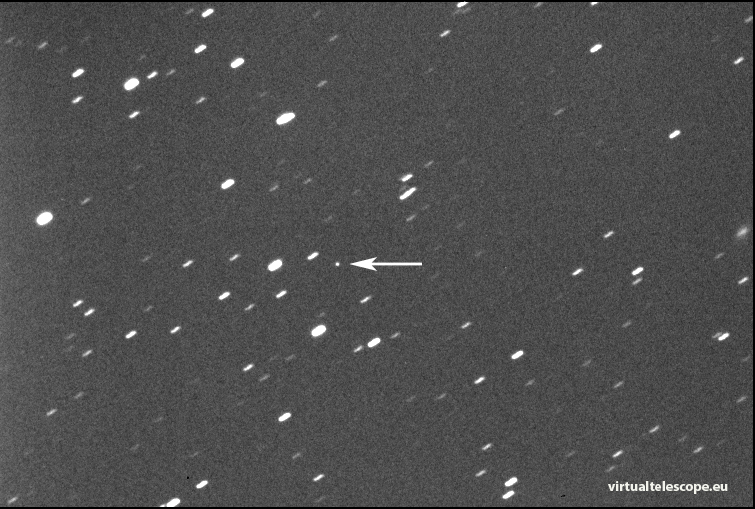An asteroid big enough to do significant damage if it were on a collision course will skip harmlessly between Earth and the Moon’s orbit this weekend, missing both celestial bodies.
Instead, tomorrow’s (Saturday, 25 March) close encounter will offer astronomers the chance to study a space rock from just over 100,000 miles (168,000 km) away - less than half the distance from between Earth and the Moon, making it visible through binoculars and small telescopes.
While asteroid flybys are common, NASA said it’s rare (about once a decade) for one so big to come so close. Scientists estimate its size to be between 40 and 90 metres.
Known as 2023 DZ2, it was discovered a month ago and will pass within 320,000 miles (515,000 km) of the Moon on and then several hours later buzz the Indian Ocean at about 17,500 mph.
“There is no chance of this ‘city killer’ striking Earth, but its close approach offers a great opportunity for observations,” said ESA’s planetary defence chief Richard Moissl.
The asteroid was discovered about a week ago and although that doesn’t seem like much warning it does illustrate how detection technologies are improving.
Even if 2023 DZ2 were to hit Earth, it wouldn’t be a cataclysmic event though it could cause extreme damage locally were it to explode in the atmosphere.
In 2013, a meteor a little less than a third of the size of the newly discovered space rock exploded over Chelyabinsk, Russia. The 20 m space rock generated a shockwave which damaged thousands of buildings and injured roughly 1,500 people as windows exploded.
This new asteroid won’t be back again until 2026 and although there initially seemed to be a slight chance it might strike Earth then, scientists calculating its trajectory have since ruled that out.
One example of international efforts to protect Earth from potential threats from outer space is NASA’s DART (Double Asteroid Redirect) mission launched in 2021 with the intention of changing the orbit of an asteroid.
The spacecraft successfully crashed into the smaller moonlet of a binary asteroid system (Didymos and Dimorphos) about seven million miles from Earth in September last year at a speed of about 15,000 mph and succeeded in altering the asteroid’s orbit.
The image at the top of this story is composed from a combination of six, 30-second exposures, remotely taken with the C14 + Paramount ME + SBIG ST8-XME robotic unit available at Virtual Telescope in Italy. At the imaging time, asteroid 2023 DZ2 was at about 1.1 million miles (1.8 million km) from Earth.
Close approach to Earth and Moon of newly discovered asteroid











